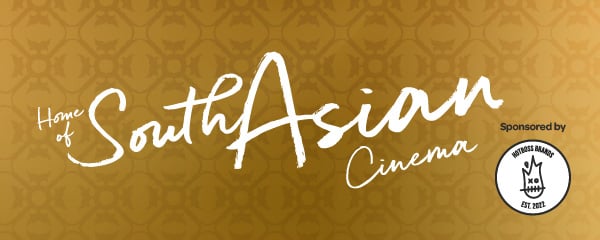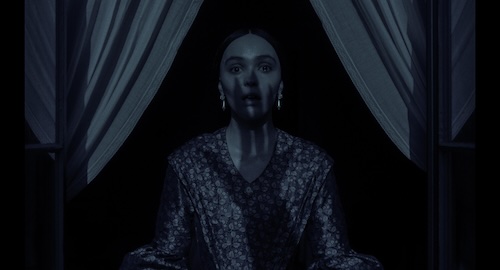
Journalist and horror fan Rory Doherty explores the profound impact the horror genre has had on him and why the uniquely operatic qualities of horror movies are best amplified by the big screen experience.
Many films inspire quiet, contemplative reactions in their audiences – a poignant reflection or a silent tear rolling down the cheek. This is not the goal of horror. It’s a genre that wants to make you jump, squirm, quiver, and many more physical adjectives. Scaring you isn’t enough – a truly ambitious horror film wants to reach out from the screen to make you feel like something is actually coming for you. It’s not just a film, it’s a cinematic attempt to convince you that this is worth getting frightened about.
I was a much bigger scaredy-cat as a kid, so I came to the horror genre later than most. At the end of high school, I began to make up for lost time, consuming the classics at a speedy rate – The Exorcist (1973), The Shining (1980), A Nightmare on Elm Street (1984) – but I didn’t realise something was missing until I saw them at the cinema.
In a dark room in front of a 40-foot screen, it’s not just the scares that loom high above you, but the characters being hunted by a strange creature, killer, or demon. Watching horror on the big screen means that your own terror is reflected at you, in gigantic, warped proportions. Getting lost in a movie has never felt so daunting.
But the most compelling reason to watch all your horror on the big screen is that you and your fellow audience members’ reactions enhance the experience. When there’s a jumpscare, you want to feel your entire row shake with people leaping in their seats.
When a half-hidden ghost lingers in the back of the frame, you want to hear someone in the far corner spot it before anyone else and let out a solitary yelp. When a proper fright manages to scare everyone in attendance – even the most stubborn sceptics – there’s nothing more soothing than the ripples of incredulous, vulnerable laughter that fill the air.
Everybody in attendance has agreed to do a counterintuitive thing – be scared for 90 minutes – and because they’re doing it in a packed cinema, you get a sense of affirmation that this isn’t an ill-advised way to spend your evening. Feeling the same heightened emotions with other people is a lot of fun.
I’m of the generation that was getting into horror when The Babadook was released in 2014, the indie Australian film from director Jennifer Kent that gelled childhood boogeymen with family trauma and subsequently took the world by storm. I was 16 years old at Cineworld Edinburgh, and the film had me shivering in my seat nearly the whole time. The scratchy sound mix, the endless shadows, the sharp bursts of tactile scares cutting through the dread – I had experienced my first horror film at the cinema, and I knew I couldn’t get the experience with any other type of film.
Over the years, I’d catch tons of new releases at Cineworld Edinburgh and Cineworld Glasgow – The Witch (2016), Get Out (2017), A Quiet Place (2018), Halloween (2018), Doctor Sleep (2019) – usually on opening weekend where the chance of a reactive, buzzy crowd was guaranteed. But the most memorable was a quiet afternoon screening of The Shining re-released in 4K in October 2019 – a solo cinema trip where I immersed myself in the familiar chills of the Overlook Hotel on the biggest scale and crispest quality I had ever seen.
I also got the chance to see A Nightmare on Elm Street and The Exorcist in cinemas around Halloween 2020. It’s the most I’ve enjoyed either film – watching older horror films on the big screen is the best way to immerse yourself in what it must have been like in the 70s or 80s to experience their thrills first-hand.
2024 HAS BEEN THE YEAR OF HORROR
It’s clear 2024 has been a year of maximalist, wince-inducing horror – Longlegs was a beguiling and shocking demonic rollercoaster, The Substance put some audiences on the verge of passing out from its sheer grotesqueness, and The First Omen and Alien: Romulus updated their macabre 70s originals with tightly controlled, deeply disturbing voyages into the unknown.
But the year isn’t done yet – Terrifier 3 (released October 11th) reunites us with the murderous horror icon Art the Clown, Smile 2 (released October 18th) is taking the scary grins of the hit first film to new heights, claustrophobic Hugh Grant chiller Heretic (released November 1st) will try to trap us, and horror fans will be more than sated when they turn up to devour Robert Eggers’ Nosferatu (released January 1st, 2025).
The best horror films don’t just excite you, they make you hunger for more thrills like it, for more collective experiences and cinematic memories you’ll remember for years. Thankfully, there’s a century of films trying to tempt us towards darkness and make the hairs on the back of our necks stand on end.
But to truly appreciate horror, you need to see the dextrous way it plays with light and dark tones – like A Nightmare on Elm Street or Zombieland (2009) – the ways it earnestly taps into relatable and affecting emotions – like The Babadook or Brian DePalma’s Carrie. You also need to know your horror history and put yourself in the shoes of audiences who didn’t know that a little movie called Saw (2004) was about to change the horror landscape for good.
Horror is as much about optimising old classics as it is about chasing new, unseen thrills. For that, there’s no beating the big screen.
If you're in the mood for more scares, click on the link below to find out more about Cineworld Horror Season. Enjoy screenings of classic chillers this October for just £5 including the original Carrie and The Babadook.
FIND OUT MORE ABOUT CINEWORLD HORROR SEASON
Rory Doherty is a critic and journalist based in Edinburgh, Scotland. His work can be found in British GQ, Vulture, Big Issue, BFI, and other publications. He can be found on Twitter/X at @roryhasopinions.
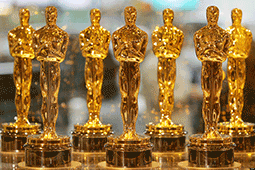
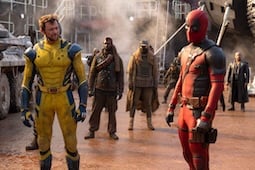
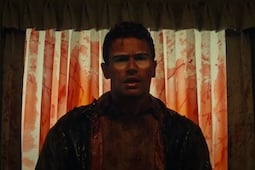
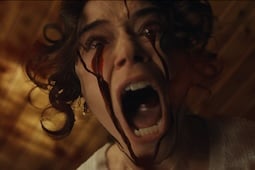
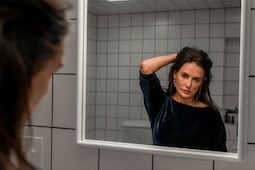

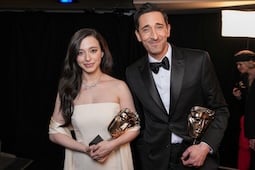

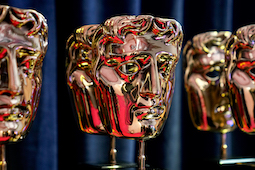

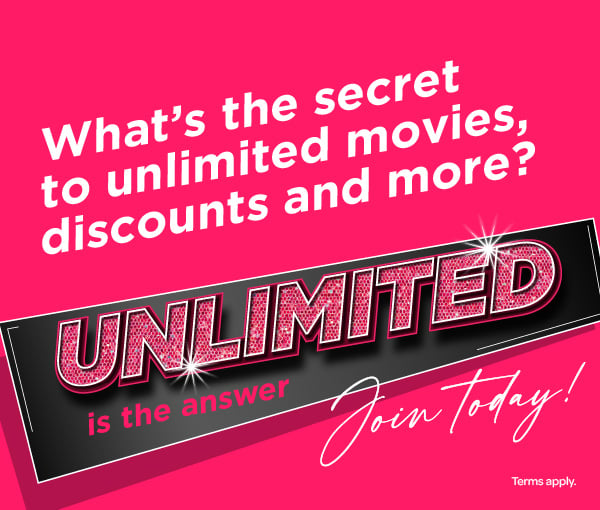


.jpg)
.png)


